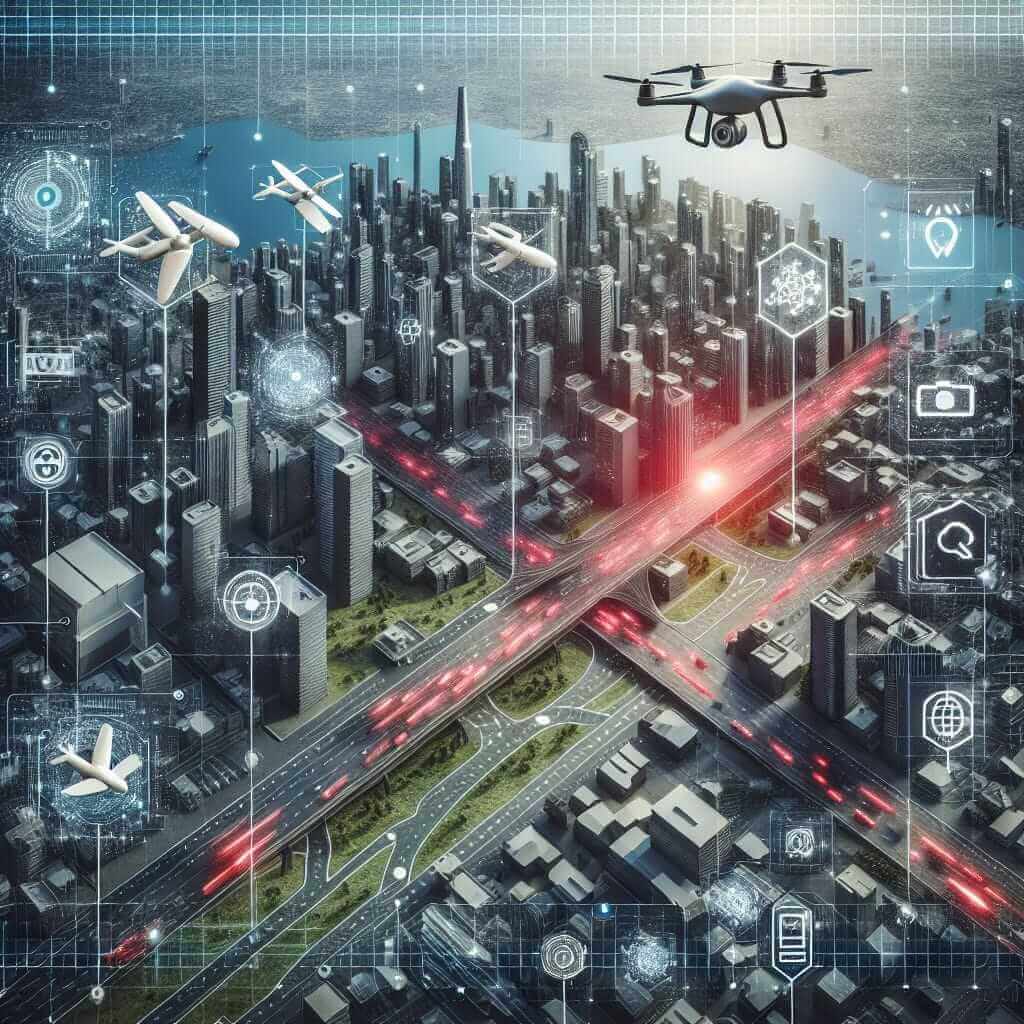The Reading section of the IELTS exam tests your comprehension skills through three passages of increasing difficulty. One recurring theme in recent years is the role of technology in enhancing public safety. Given its relevance, this topic is highly likely to appear in future exams. This article will provide an IELTS Reading practice test based on the key phrase “How is technology enhancing public safety?”, helping you prepare effectively.
IELTS Reading Practice Test: Technology and Public Safety
Passage: Medium Text Complexity
In today’s interconnected world, technology has become integral to enhancing public safety. From advanced surveillance systems to cutting-edge emergency response tools, the impact of technology on public security is profound. This passage will explore various technologies and their contributions to public safety.
How Technology is Enhancing Public Safety
Public safety is a paramount concern in societies across the globe. Recent advancements in technology have revolutionized the methods and tools available to ensure the security and well-being of people. Here are a few significant technologies transforming public safety:
-
Surveillance Cameras and Facial Recognition: Modern surveillance systems significantly aid law enforcement by providing real-time footage and the ability to track suspects. Integration with facial recognition software enhances the ability to identify individuals involved in criminal activities swiftly.
-
Emergency Response Management Systems: These systems optimize coordination among first responders during emergencies. Technologies such as Geographic Information Systems (GIS) provide real-time data, improving decision-making and resource allocation.
-
Cybersecurity Measures: As society becomes more digital, protecting sensitive information has become crucial. Technologies like encryption and advanced firewalls safeguard personal data, preventing cyberattacks that can compromise public safety.
-
Drones and Robotics: Drones are utilized for surveillance, search and rescue operations, and monitoring critical infrastructure. Robots equipped with sensors can detect hazardous materials, reducing risks for human personnel.
-
Smart City Initiatives: The implementation of smart technologies in urban areas, such as intelligent traffic management systems and smart lighting, boosts efficiency. These technologies reduce congestion, pollution, and enhance overall public safety.
Questions
Multiple Choice
-
What is one primary function of modern surveillance systems?
- A. To reduce traffic congestion
- B. To aid law enforcement with real-time footage
- C. To enhance cybersecurity measures
- D. To optimize resource allocation
-
How do Geographic Information Systems (GIS) assist emergency response teams?
- A. By identifying individuals involved in criminal activities
- B. By safeguarding personal data
- C. By delivering real-time data for better decision-making
- D. By reducing risks for human personnel
True/False/Not Given
-
Cybersecurity measures have no impact on public safety. (True/False/Not Given)
-
Drones are exclusively used for delivering packages. (True/False/Not Given)
Matching Information
-
Match the technology with its primary use:
- Surveillance Cameras: ___
- GIS: ___
- Drones: ___
- Smart Lighting: ___
a. Reducing traffic congestion
b. Providing real-time footage for law enforcement
c. Enhancing urban infrastructure efficiency
d. Assisting in search and rescue operations
Answer Key
- B
- C
- False
- False
- b, c, d, a
Common Mistakes in Reading Tests
One of the frequent errors candidates make is skimming the passage too quickly and missing crucial details. Ensure you allocate adequate time to read through the passage thoroughly and understand the context before attempting the questions.
Vocabulary
- Surveillance (n): /sɜːˈveɪ.ləns/ – the careful watching of a person or place
- Encryption (n): /ɪnˈkrɪp.ʃən/ – the process of converting information into code to prevent unauthorized access
- Geographic Information Systems (GIS): A system designed to capture, store, manipulate, analyze, manage, and present spatial or geographic data
Grammar Focus: Complex Sentences
Complex sentences are pivotal in academic texts. They involve a main clause and one or more subordinate clauses.
Example:
- “As society becomes more digital, protecting sensitive information has become crucial.”
Structure:
- Main Clause: “protecting sensitive information has become crucial”
- Subordinate Clause: “As society becomes more digital”
Tips for Scoring High in Reading
- Practice Regularly: Regular practice with a variety of texts enhances comprehension and speed.
- Expand Vocabulary: A broad vocabulary allows you to understand passages better.
- Understand Question Types: Familiarity with different question types helps in strategizing your approach.
- Manage Time Efficiently: Allocate appropriate time for each passage to ensure you can answer all questions.

By focusing on these strategies and practicing with targeted exercises, you can significantly improve your Reading score in the IELTS exam. Keep honing your skills, and success will follow!